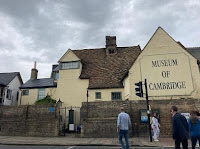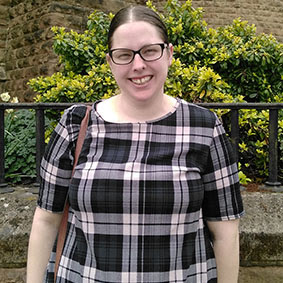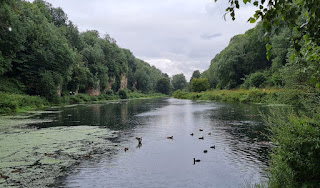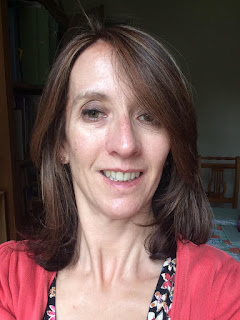User audience evaluation at the Museum of Cambridge

Lyndsay Thomson has been assigned to work at the Museum of Cambridge on a CS user audience evaluation project, which involves speaking to visitors face to face about their visit to the Museum, as well as the impact of Covid-19 on their leisure activities in this blog she describes what she encounters. Ready for work During a lull in visitors, I had the opportunity to discover the ‘hidden gem’ that is the Museum of Cambridge. The museum is housed in an old public house, dating back to the 1600s, which was situated on a busy crossroads, with rooms upstairs for tired travellers to rest and eat before continuing their journey. The public house closed in the 1930s and the building was then purchased by the local council who converted it into a local museum, showcasing the personal life and work of local people with everyday objects. Front and side of the museum and a bit about the public house The journey, back in time begins as the visitor steps through the front door, on the wall facing




